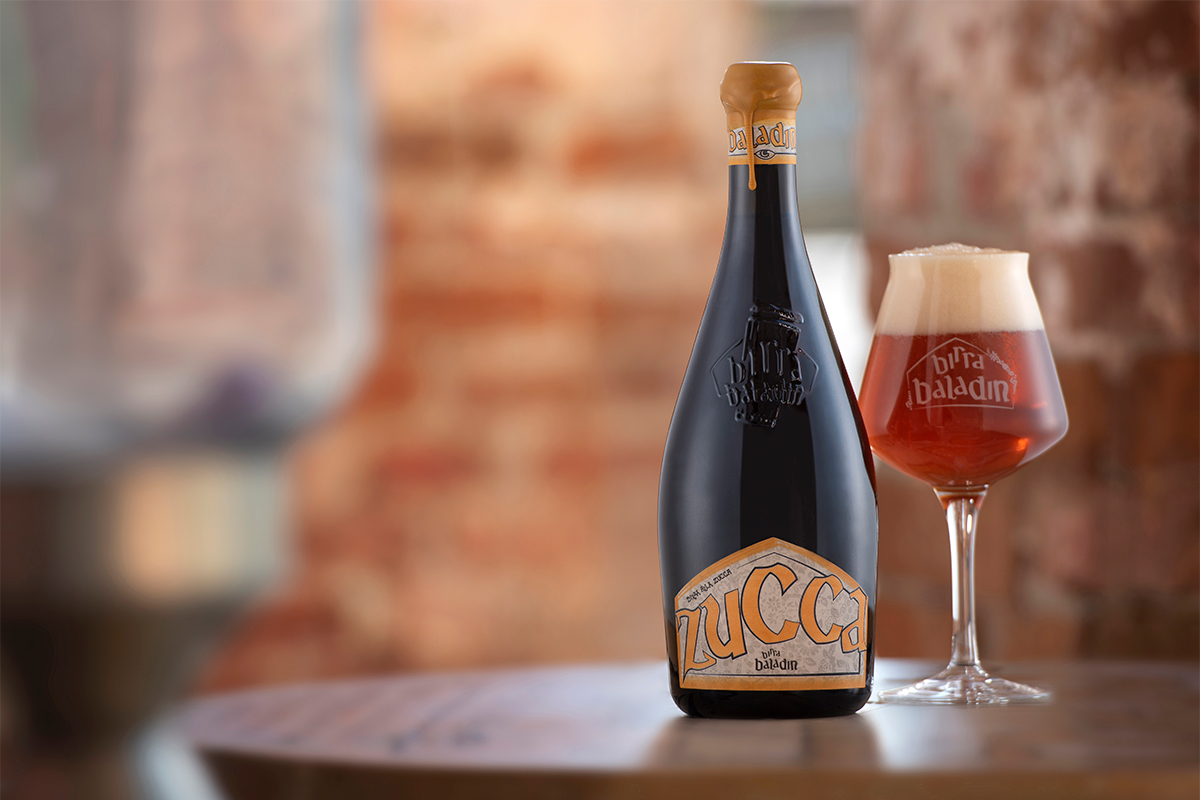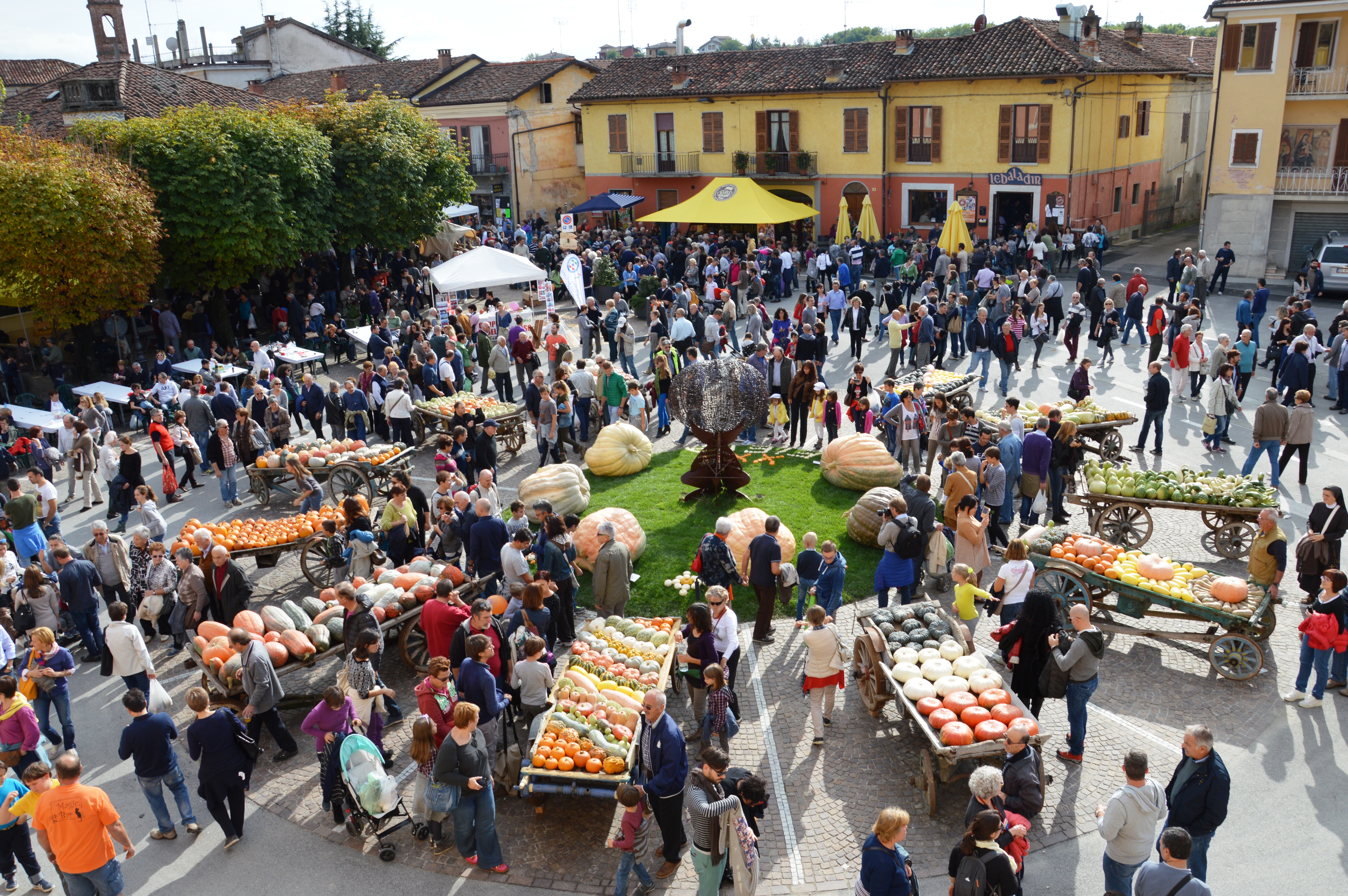Discovering Baladin craft Pumpkin Ale: Zucca

Article by Simonmattia Riva, Biersommelier
We touch each other.
How?
With wings that beat,
With very distance
touch each other's ken.
This obscure poem by Rilke makes reference to the butterfly effect theory, according to which events that might seem very small may actually have significant consequences after a long time, or in very distant places.
What connects the American East Coast, where the first British settlers landed with their beer-making tradition, and Piozzo, a village in the wine-making paradise called Langhe, where Teo Musso founded his own beer colony?
The first, straightforward answer is of course "beer”. The second, which is much less easy to guess, is “pumpkins”.
And how have pumpkins turned into an ingredient for beers?
A shallow observer might say it happened by chance. A more thorough and scientific analyst would talk about a chance that is strictly connected to specific initial conditions.
Pumpkins come to the rescue
The Pilgrim Fathers who landed on the north American Atlantic coast had difficulties growing barleys and hops to make beer, given the hotter climate than what they were used to in their homeland. So they had to rely on the culture of native Americans - who took their starch and carbohydrates mainly from corn and colorful gourds - to make up for the lack of barley
On the other side of the ocean and on the banks of the Tanaro river, Piozzo, before becoming famous as the homeland of Baladin, was renowned for its pumpkins, celebrated during a popular festival held every year at the beginning of October.
Zucca Baladin, created in 2011 as a special beer for the pumpkin festival and originally only served on tap during the event celebrations, soon became part of the brewery’s regular product range and is now available in elegant bottles with a shellac-covered cork.
Pumpkin Ale: making beer with pumpkins
When tasting a beer made with an “unusual” ingredient, two key aspects must be taken into account: the characterizing ingredient must be distinctly perceivable, otherwise it wouldn’t make sense to use it. At the same time, it must be correctly balanced to make sure that the beer is still easy to drink. Most importantly, the identity of the beer should not be distorted.
In other words, a Pumpkin Ale must taste “like a beer” and is not a fermented juice.
Virtual tasting of Zucca Baladin
Zucca Baladin celebrates its distinctive ingredient starting from its orange-amber color. In the glass, the beer looks slightly hazy as it is not filtered, while the ivory head is thick, fine and has a good persistence.
Spicy notes stand out in the scents, with a rather intense note of cinnamon, followed by a hint of white pepper which paves the way to touches of ginger and nutmeg.
After a few seconds, warmer aromas emerge: the ginger becomes gingerbread, followed by scents of roasted pumpkin, dehydrated apricots, candied orange zests and a pot-pourri of summer dry flowers. Finally, we feel fermentation esters reminiscent of nectarines - a typical trait of Baladin beers - accompanied by a slight pungency of alcohol.
In the mouth, the lively carbonation is an important trick to make it easier to drink a beer with a rather high alcohol content and distinct flavors of spices. The body is quite runny, without being weak.
The sweetness felt on the tip of the tongue is there, but less than one might expect from the scents. The opulence of the pumpkin flesh, with touches of sponge cake with orange marmalade, is counterbalanced by a light refreshing, tangy note. The medium palate picks up the cinnamon, while the finish is a feast of ginger and pepper, with a final warming pungency.
In the aftersmell, the nutmeg and cinnamon come back. The task of balancing the sweetness from the malts and pumpkin is left to the spices alone: there is virtually no bitterness, contrary to the popular belief that all beers are bitter.




